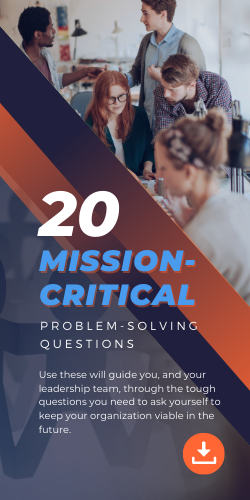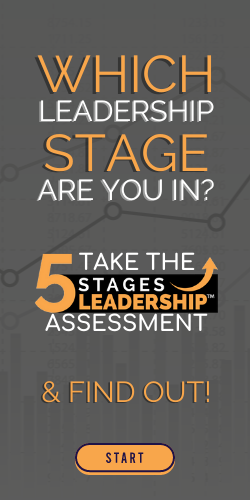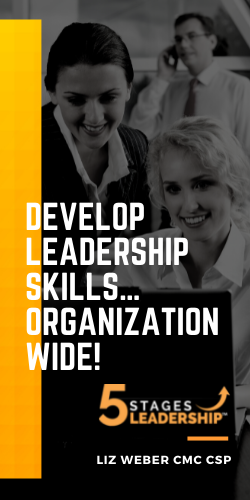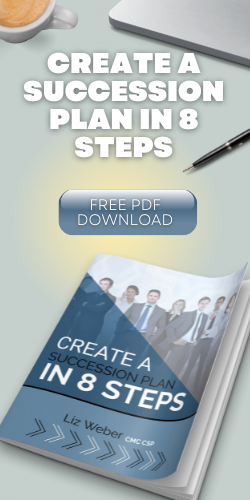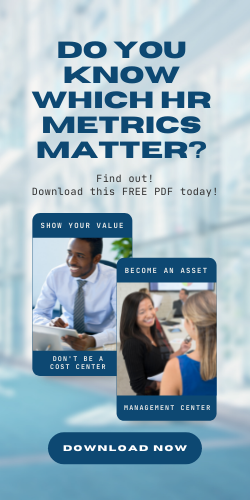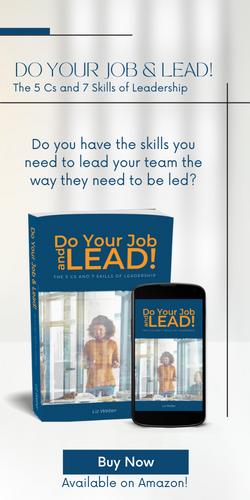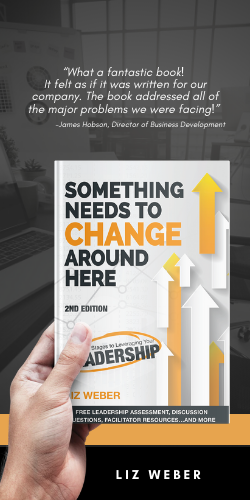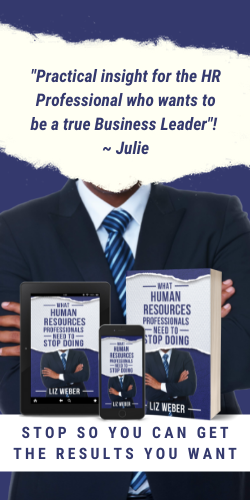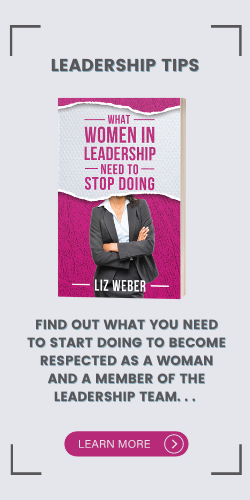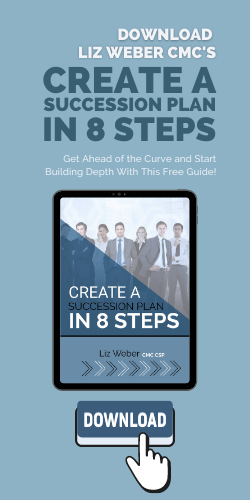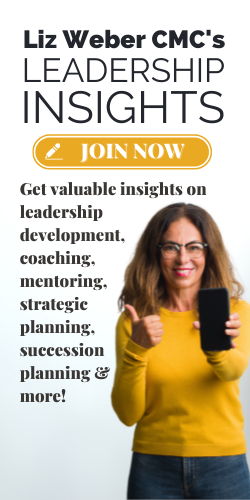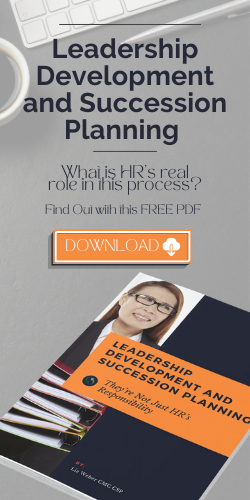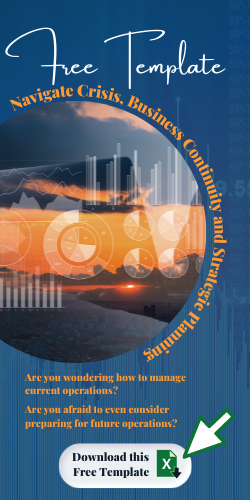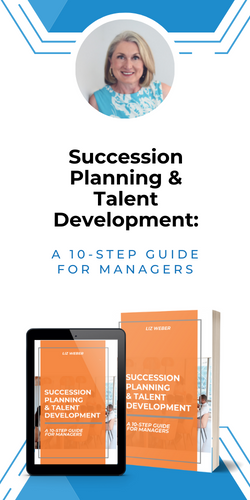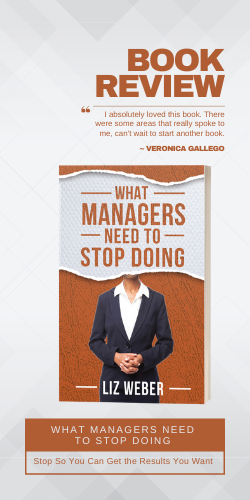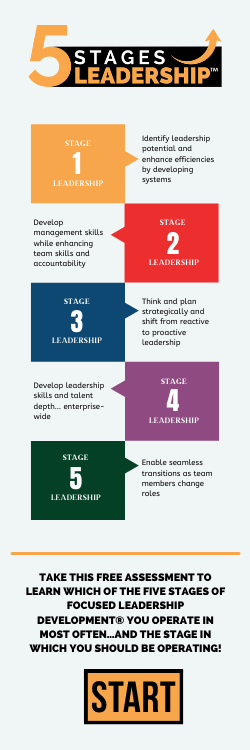A client, the Director of North American Operations, asked me to review a proposed Corporate Leadership Development Program that had just come across his desk. Something about it felt ‘off’ to him, but he couldn’t quite identify what was making him uncomfortable. After a quick look, I could see the problem. The plan had many of the correct elements to a sound leadership development program. However, the order in the focus areas was wrong. The plan was proposing the training topics discuss Customers, People (i.e., team members), Products, and then Culture.
To Start Changing Your Culture Employees Need to WANT to Change
Because the program was intended to help the leaders create more profitable and impactful experiences for their customers, the plan started by focusing the training on selling to customers. This sounds inconsequential. But, whenever you’re trying to improve the customer experience by enhancing employee skills, you first need to engage the employees so they WANT to change and learn new, additional, or enhanced skills. To do that, employees need to understand a clear reason why a change in their skill level is needed. This clear need could be because of lagging sales (and therefore potential job losses) or rapid sales growth (and therefore the need to train and manage more team members while potentially earning more money). When the clear need for training is shared with employees, they then not only logically understand the rationale for the training, but they also have an emotional pull to change themselves. They have a stronger desire to learn new skills. When there’s a logical and an emotional need to WANT to learn, employees learn quicker, retain the new insights and skills longer, and feel better about themselves, the company, and the customers. Win – win – win.
Change Your Culture First If You Want Other Changes to Occur
If you want real change to occur within your organization, you need to start by changing the culture first. You need to provide a ‘clean canvas’ for the change to take hold. Because this organization wants to develop a desire to learn, change, and enhance customer relationships, I suggested the following revision to the order: Culture, Customer, Products/Services, and People. Here’s why:
Culture =
Before the company expends the time, energy and resources on a development program, the leadership team needs to clarify for itself and then all employees what type of organization it is working to become and how quickly it needs this change to occur. This provides the clarity to employees WHY additional/different skills are needed. It also helps the employees understand why they’re being asked to learn, behave, or do things differently. What type of organization are we working to become and by when? This is strategic planning 101, but this organization doesn’t do it well or consistently.
Customer =
The leadership team then needs to reassess its current customer portfolio and identify which types of customers they want to be serving going forward (and which types of customers are no longer a good fit). This also helps to clarify for all employees WHY additional and possibly, different skills are needed. The types of customers you served in the past, may no longer be the ones you are targeting, serving, and building relationships with in the future. The customers of the future may not want the same products and services as did the customers in the past. This customer portfolio analysis exercise starts creating a real depth of understanding about its current and prospective customers. Who ARE we serving, how, with what, and why?
Products/Services =
Now that the leadership team has identified the type of organization it is working to become and the types of customers it wants to serve, it needs to review its products and services to determine whether or not it is producing not only what their targeted customers need now, but more importantly what they WILL need 2+ years from now. What will they need that we could and should provide profitably? This causes the leadership team to review what products/services need to be cut or phased out, AND where it needs to invest money into R&D to meet or lead its customers’ needs.
People =
Once the leadership team is clear on the type of organization it is building, who it will be serving, and what it will be producing, it then can more clearly identify what types of talent, skills, positions, and personnel are needed to develop from within or recruit to enable the organization to meet not only current needs, but grow to meet its customers’ future needs. What skills and experiences do our team members need to have to best serve our customers going forward? The answer to that question enables you to create a development program that is targeted, relevant, and impactful.
Change Enterprise-wide. Leaders Can’t Do It Alone.
My final comment to my client was, “Providing training to the leadership team is a great start, but it’s not enough. If you want to impact the customer experience day in and day out, the change and training needs to happen enterprise-wide.” If you plan on changing your culture, all of your organization’s team members need to be included and a part of the change.
If you want to make impactful changes for your customers, make impactful culture changes for all of your employees.
Now, it’s time to start changing your culture!
Copyright MMXVI – Liz Weber, CMC, CSP – Weber Business Services, LLC – www.WBSLLC.com +1.717.597.8890
Liz supports clients with strategic and succession planning, as well as leadership training and executive coaching. Learn more about me on LinkedIn!






